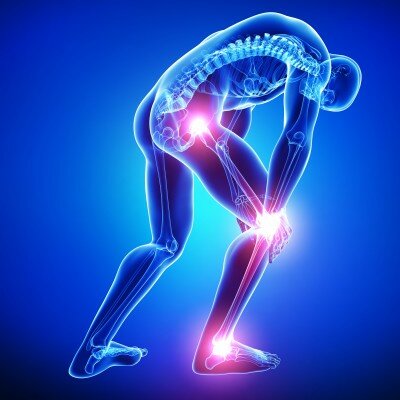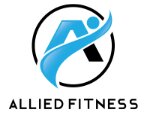Why Does It Hurt To Exercise?
Most of us (if not all of us) will often ask ourselves why does that hurt? We are human so of course we want answers, even if sometimes we fabricate it in our minds (I will get to this). Most of the time we know or can even see the source of pain e.g
- I can see the table I just ran into (even though we may forget and question this days later when we look at the bruise on our leg).
- I had an operation so I am expecting to be in a bit of pain/discomfort
- I trained yesterday so I am experiencing ‘pain’ in my legs.
That last point brings me to my next topic. Not all ‘pain’ is bad pain and pain doesn’t equal damage.
It is ok if you experience pain or soreness a day or two after you have exercised. This is not only limited to exercise but it can also come from an activity you have done in the garden or around the house.
You may also hear this ‘pain’ be referred to as delayed onset muscles soreness or DOMS. Some people may not feel that this is ‘good’ due to the discomfort they may experience, or if you are strange like me you may love this feeling!
This soreness doesn’t mean you had a fantastic workout and if you don’t experience any soreness a day or two after it doesn’t mean your workout was a waste, it just means your muscles are doing something they aren’t used to doing.

Pain doesn’t equal damage either, nor the greater the pain the greater the damage.
Take a paper cut for example. They can be excruciatingly painful and you feel like you have lost a finger with the amount of pain and stinging, only to look down and see a small slit.
Other people can experience great trauma with no pain at all. This is where the mind can start to play some great tricks on us based on the circumstance or prior experience.
A great TEDtalk by Lorimer Moseley called ‘Why Things Hurt’ (https://www.youtube.com/watch?v=gwd-wLdIHjs) is a great reference for this, going into further detail. I like to refer my clients with exacerbations or flare ups to this for a greater understanding as knowledge is power.

Now we enter the grey area of training with arthritis.
For those with arthritis, moving the joint or placing an increased pressure on this joint when exercising can create an increase in pain or discomfort. This isn’t the ‘bone on bone’ that you are feeling, and a small amount of this discomfort is necessary to further benefit you in the long run.
By building up the muscles that cross the joint it helps increase the joint integrity and over time will aid with your arthritis as the muscles around are going to be stronger and able to do their primary role of supporting the bony structure taking some of the pressure off that joint.
Joints get their nutrients from joint fluid, which is only moved around by movement itself. By not moving your joints, not only are you weakening the surrounding muscles, but you are also depriving the joint from the nutrients it needs.
Take one of your beloved plants that you care for and water daily, now ask yourself are you doing the same thing for your joints?
